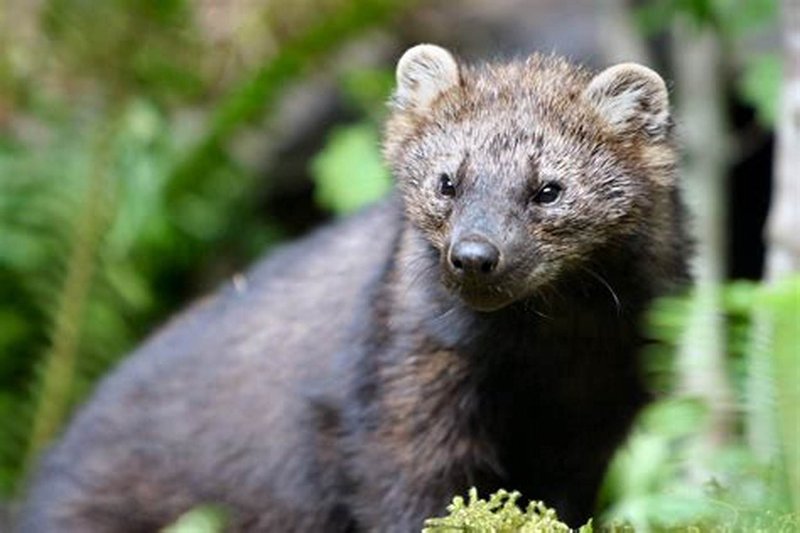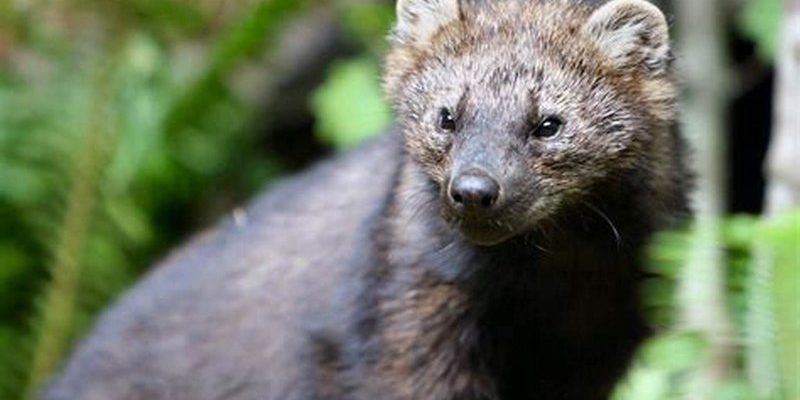
Understanding the fisher’s plight is like looking at a puzzle where some pieces are missing. As we dig deeper into its habitat, diet, and the threats it faces, we start to see how interconnected everything is. The survival of the fisher doesn’t just hinge on its ability to find food and shelter; it’s also about the larger ecosystems it belongs to and the wider environmental pressures at play. Let’s explore the current status of the fisher, what it means for global conservation, and what we can do about it.
What Is a Fisher?
The fisher (Pekania pennanti) is a medium-sized carnivorous mammal that belongs to the weasel family. These furry creatures are native to North America, primarily found in dense forests stretching from southern Canada to the northeastern United States. With a body length of about 30 to 48 inches and a bushy tail that can be just as long, fishers are agile hunters, known for their ability to climb trees and navigate complex environments.
You might be surprised to learn that fishers are not closely related to fish, despite their name. Instead, they’re more like playful little acrobats that feast on small mammals, birds, and even fruits. This omnivorous diet plays a crucial role in controlling populations of their prey and maintaining a balanced ecosystem. Unfortunately, these adorable hunters are facing challenges that could severely impact their populations.
Current Population Status of the Fisher
The fisher’s population status varies by region. While some areas have seen a resurgence due to conservation efforts, others are struggling. Overall, the fisher is classified as a species of “Least Concern” by the International Union for Conservation of Nature (IUCN). However, in some regions, particularly in the eastern United States, their numbers have declined significantly, leading to concerns about their long-term survival.
Here’s the thing: habitat loss is one of the primary factors affecting fisher populations. As forests are cleared for development or agriculture, fishers lose vital areas for hunting, shelter, and raising their young. When you consider the consequences of urban expansion and climate change, it becomes clearer that we need to act to protect their natural habitats.
Threats to the Fisher
Fishers face a variety of threats that impact their lifestyle and survival. Some of the most significant challenges include:
- Habitat Loss: Logging, urban development, and agriculture reduce the forest cover fishers rely on.
- Climate Change: Changes in climate affect prey availability and disrupt their habitat.
- Trapping and Hunting: In some regions, fishers are trapped for their fur, which can further decrease their population.
Each of these threats interconnects, creating a tough situation for the fisher. For example, as climate change alters ecosystems, it can lead to a decline in the prey species fishers rely on, making it harder for them to survive. Wildlife conservationists are working hard to counteract these challenges and ensure that fishers continue to thrive in their natural habitat.
Conservation Efforts for Fishers
Fortunately, many organizations and government agencies are working tirelessly to protect fishers and their habitats. Conservation efforts vary by region but often include:
- Reforestation: Planting trees and restoring natural habitats to provide safe spaces for fishers.
- Legislation: Implementing laws that protect fishers from overhunting and habitat destruction.
- Research and Monitoring: Conducting studies to better understand fisher populations and their ecological needs.
One successful example is in the Pacific Northwest, where fishers have been reintroduced to areas where they had disappeared. These efforts have proven fruitful, allowing fishers to establish new populations and restore their role in the ecosystem. Honestly, it’s heartwarming to see such progress, but more work remains.
How Can You Help? Individual Actions Matter
You might be wondering how you can contribute to fisher conservation, even if you’re not a wildlife biologist. Here are some simple actions you can take:
- Support Local Conservation Organizations: Donating to or volunteering with groups that focus on wildlife preservation can have a big impact.
- Educate Others: Sharing what you’ve learned about fishers can raise awareness and encourage others to get involved.
- Practice Responsible Outdoor Habits: When hiking or spending time in nature, stick to designated trails to minimize habitat disturbance.
Even small actions can create a ripple effect in the conservation community. You’d be amazed at how spreading awareness can lead more people to take an interest in protecting vulnerable species like the fisher.
Is the fisher endangered? While they are not currently classified as endangered across their entire range, localized populations face serious threats. The ongoing habitat loss, climate change, and other challenges make it vital that we stay aware and proactive about conservation efforts.
The fate of the fisher is intertwined with our actions and decisions related to the environment. By understanding the challenges they face and taking steps to support their conservation, we can help secure a future for this remarkable mammal. So, the next time you see a lush forest, think about the fishers that call it home. With a little effort and dedication, we can create a thriving world for them and countless other species.

